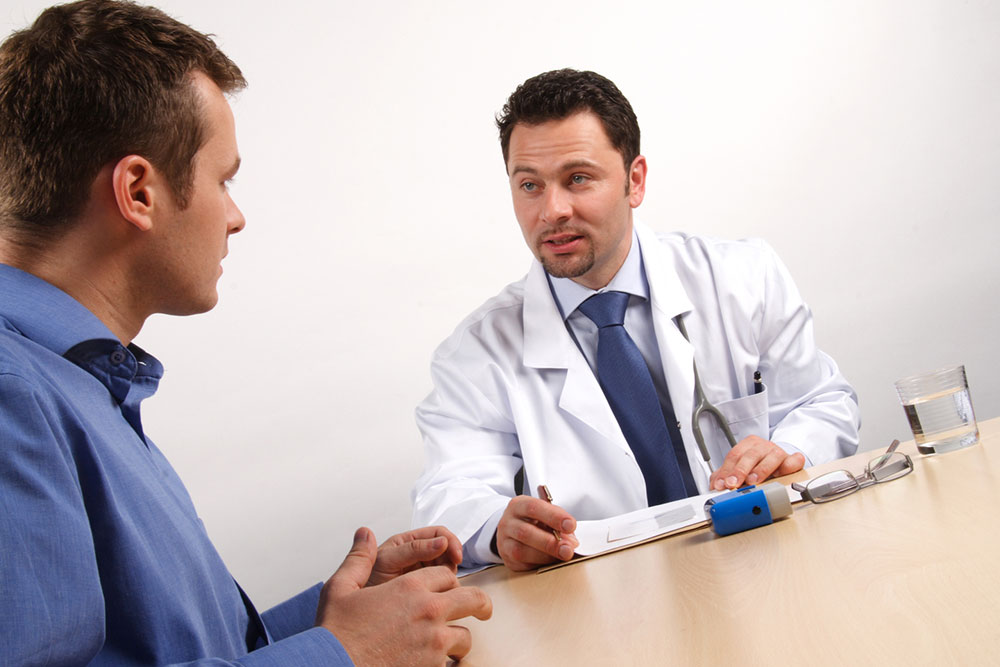Common Symptoms of Fatty Liver Disease
Fatty liver disease (FLD) is a chronic health problem marked by extra unwanted fat around the liver. The organ performs important bodily functions like metabolism, detoxification, protein synthesis, nutrient storage, and bile production. While fatty liver disease often develops in individuals who make poor lifestyle choices, it can also affect those with a family history of it or those who already suffer from other conditions like type 2 diabetes, hyperglycemia, or insulin resistance.
Fatty liver disease signs
Several signs can point toward fatty liver disease, and one is advised to pay attention to them for early diagnosis and treatment.
- Abdominal swelling
Abdominal swelling is one of the most common fatty liver symptoms in females and males alike.

As mentioned earlier, fatty liver disease tends to trap fluid in the body. The fluid can also accumulate in organs other than the belly.
As the fluid builds up in the belly, it may also affect one’s heart and lungs and cause complications like shortness of breath.
The fat buildup often puts pressure on one’s organs and forces them to work more. As a result, individuals feel weak or tired easily. One may get exhausted even after minor activity and without performing any kind of exercise.
In its advanced stage, fatty liver can cause bleeding in one’s stomach, rectum, or esophagus. This symptom is often detected during routine checkups and may not be visible on the outside.
When untreated, patients may develop fatty liver symptoms on the skin. For example, a person’s skin may feel itchy, or they may develop red palms. Sometimes, individuals develop jaundice, which is marked by yellowish skin and whites of the eyes. The disease may also cause the blood vessels just underneath the skin’s layer to appear spider-like and enlarged.
Apart from the above, one may also notice other fatty liver disease symptoms like:
- Abnormally enlarged breasts in men
- Nausea
- Enlarged spleen
- Loss of muscles
- Loss of appetite
- Cognitive impairment or feeling mentally confused
Signs and symptoms according to the type
There are different types of fatty liver disease, and each type may have a few unique signs.
- Nonalcoholic steatohepatitis (NASH)
This type can often lead to cirrhosis and trigger signs like internal bleeding, muscle loss, and cognitive impairment. It may ultimately cause liver failure and necessitate a transplant as a potential treatment option. - Nonalcoholic fatty liver disease (NAFLD)
In this type, one may have fatty liver but no tissue damage. Patients may also not develop symptoms like swelling. Other conditions like underactive thyroid, obstructive sleep apnea, metabolic syndrome, and growth hormone deficiency heighten one’s chance of developing NAFLD.
How is the condition detected?
Fatty liver disease is also called silent liver disease since not all its signs and symptoms are visible or obvious during the initial stages. In fact, in most cases, the condition is detected during a routine liver checkup. Diagnosis typically involves routine blood tests, imaging studies like ultrasound or MRI scans, and sometimes a liver biopsy for confirmation. These tests are usually recommended if the doctor suspects abnormalities in the liver during routine tests.
In the case of NAFLD, many have fat deposits in the liver that do not cause liver damage or trigger severe symptoms. On the other hand, while NASH patients show signs, they develop after several years. Still, getting diagnosed as soon as possible is important since the condition may even cause permanent scarring or hardening of the liver.
Treatment options for fatty liver disease
The good news is that fatty liver conditions can be reversed or even cured if one takes the right steps. Usually, the treatment may vary from individual to individual depending on what other conditions one is living with.
Most commonly, especially in the early stages, a person may be asked to tweak their lifestyle to manage and potentially reverse the fat buildup in their liver. This can include eating healthy, exercising, cutting down on cholesterol and triglycerides, and keeping one’s diabetes or high blood pressure under control.
In severe cases, the treatments may focus on halting further liver damage. It’s best to consult a liver specialist for any such treatments and create a personalized plan of action.

